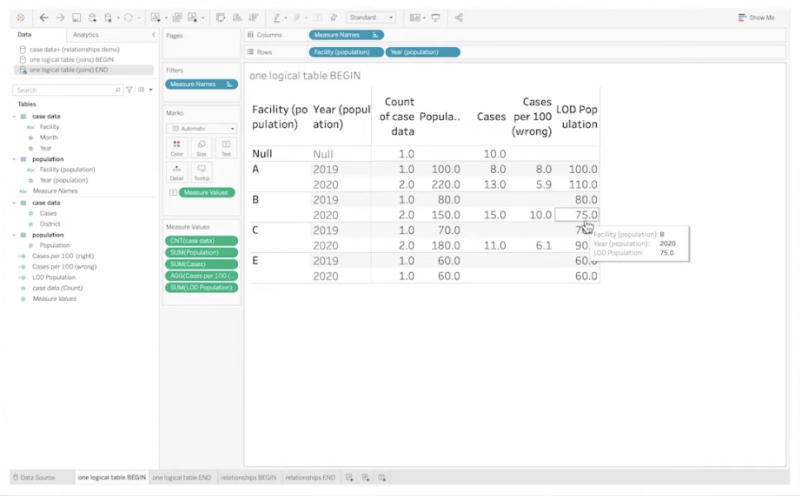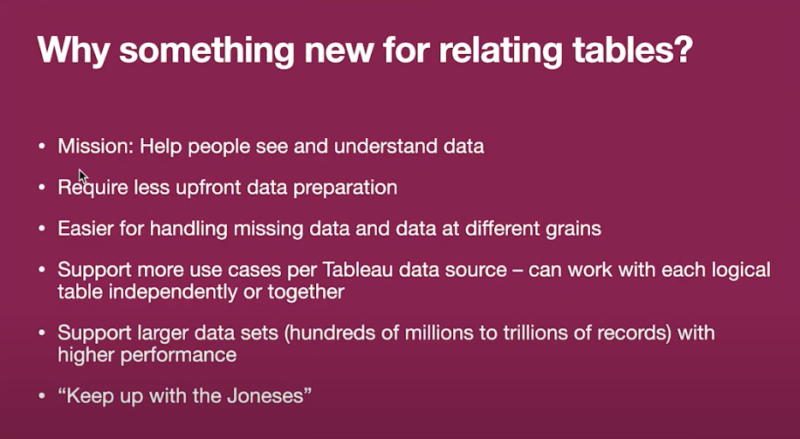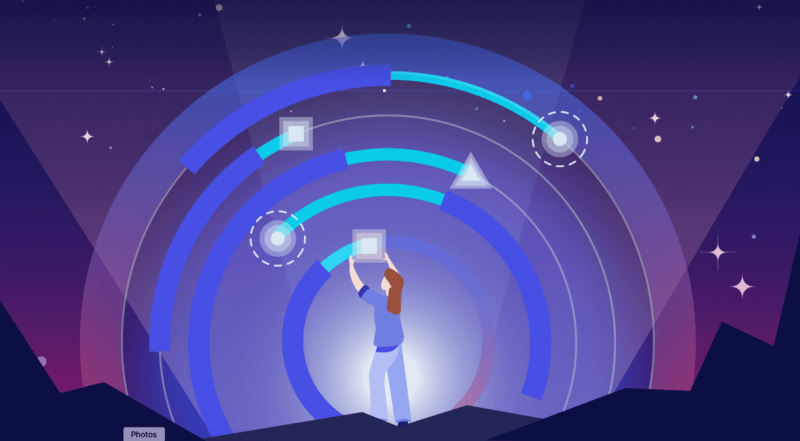
The Sensemakers
The Timeless Appeal of Tableau Relationships: Revisiting Our First Sensemakers Video
Three years ago, we released “Why Did Tableau Invent Relationships?,” our first Sensemakers video. Little did we know that this first episode would become a perennial cornerstone of our content, continuing to drive traffic and spark discussions even today. This video not only introduced a pivotal feature for Tableau, but also established Action’s commitment to helping users make sense of Tableau’s powerful capabilities.
In this article, we’ll touch on why we think this video remains popular, what still resonates with users, and how Tableau has evolved since its release.
Why This Video Is Still Popular
Evergreen Content
The concept of relationships addresses a timeless challenge in data modeling: managing joins and granularity effectively. Relationships remain a core feature of Tableau, and this video does an excellent job in explaining this functionality to new and experienced users alike.
Educational Value
The video demystifies a complex topic with clear explanations, practical examples, and relatable use cases. We have gone on to make these principles a hallmark of all The Sensemakers content. Keith and Jonathan simplify workflows and demonstrate how relationships improve efficiency.
Perfect Alignment with Tableau’s Mission
Tableau’s mission of helping people see and understand data shines through “Why Did Tableau Invent Relationships?” Its clarity and approachability is still relevant to viewers facing similar challenges in their work in 2025.

What’s Still Relevant
Core Benefits of Relationships
Relationships remain vital for simplifying data preparation and analysis. They continue to:
- Simplify complex joins
- Dynamically handle granularity mismatches
- Defer joins until runtime for improved performance and scalability
User-Centric Design
The user-friendly nature of Tableau relationships reduces technical barriers, allowing users to focus on analysis rather than the intricacies of data modeling.
Training and Onboarding
“Why Did Tableau Invent Relationships?” serves as both a training resource for newbies and a refresher for seasoned Tableau users, maintaining its value across a diverse audience.
What Has Changed Since Then
Enhanced Features
Tableau has expanded relationships with new functionalities, such as Data Model Enhancements and Performance Optimizations, further refining their impact. The Data Model Enhancements improve how relationships handle multi-table analysis, calculations, and semantic layers, enabling more flexible and efficient data modeling. While Performance Optimizations accelerate query execution, extract efficiency, live connection speed, and dashboard rendering, ensuring faster and more scalable analytics.
Shift in Data Practices
The rise of multi-cloud environments and real-time analytics have increased the importance of relationships in managing complex data ecosystems.
New User Expectations
Users now approach Tableau with greater expectations, such as AI-driven analytics, complementing the foundational benefits introduced in the video.

Evolving Competitor Landscape
Other BI tools (such as Power BI, Looker, and Qlik Sense) have introduced advanced data modeling capabilities. Tableau’s relationships remain a differentiator, but the competitive context has shifted and continues to expand.
Why Tableau Relationships Matter Now More Than Ever
In an era of ever-growing datasets and increasingly complex analysis needs, the concept of relationships remains a game-changer. By simplifying data modeling, enabling scalability, and aligning with Tableau’s mission to help users see and understand data, relationships ensure Tableau’s relevance in the rapidly evolving world of business intelligence.
And, this first episode proves that the best way to resonate with users is to meet them where they are — in search of solutions to the problems they face every day. This was our mission when we launched The Sensemakers and remains our mission today.




